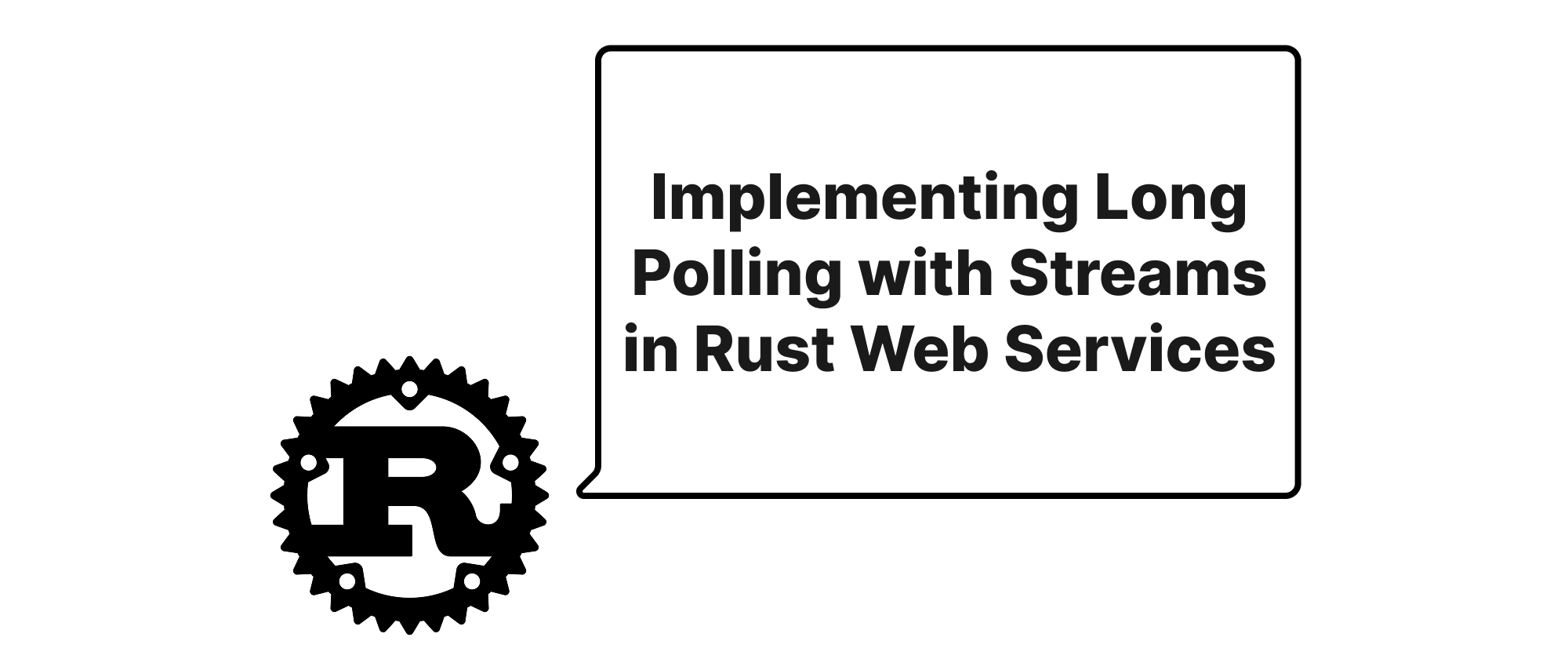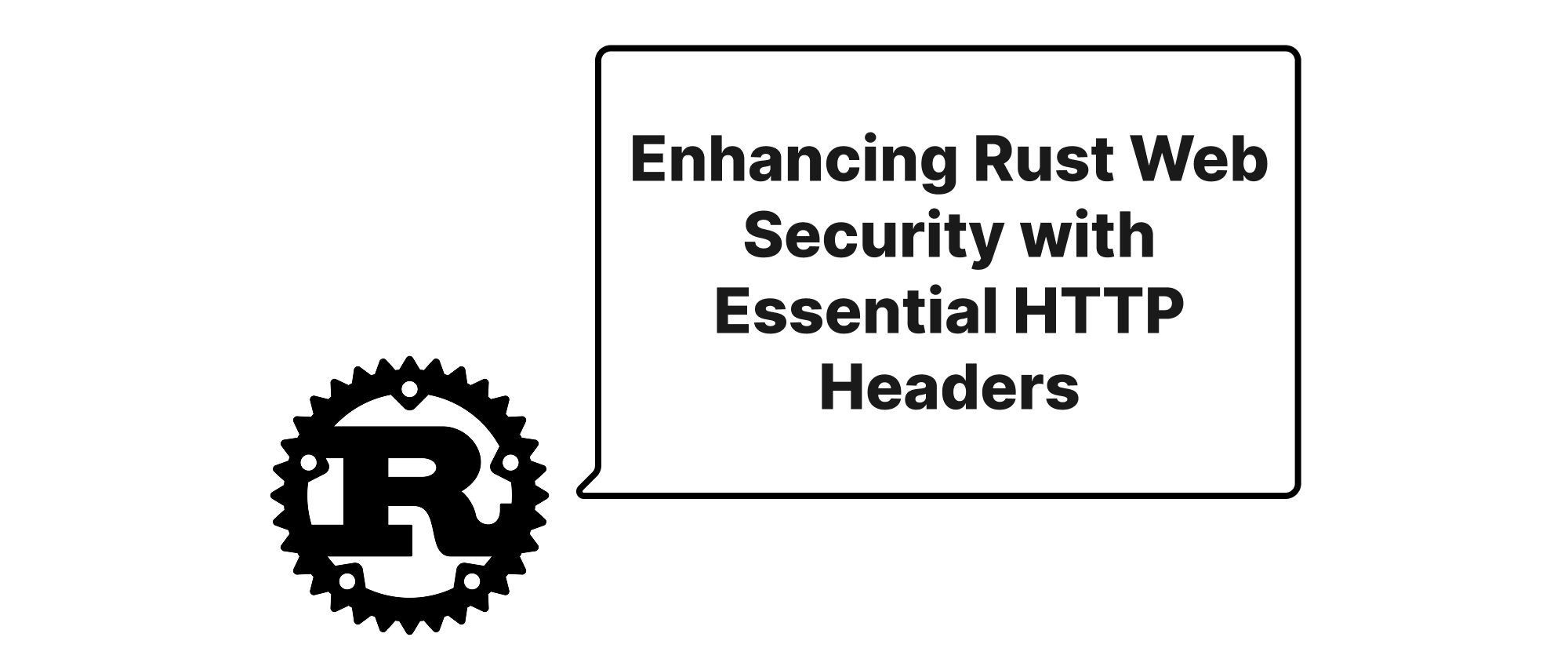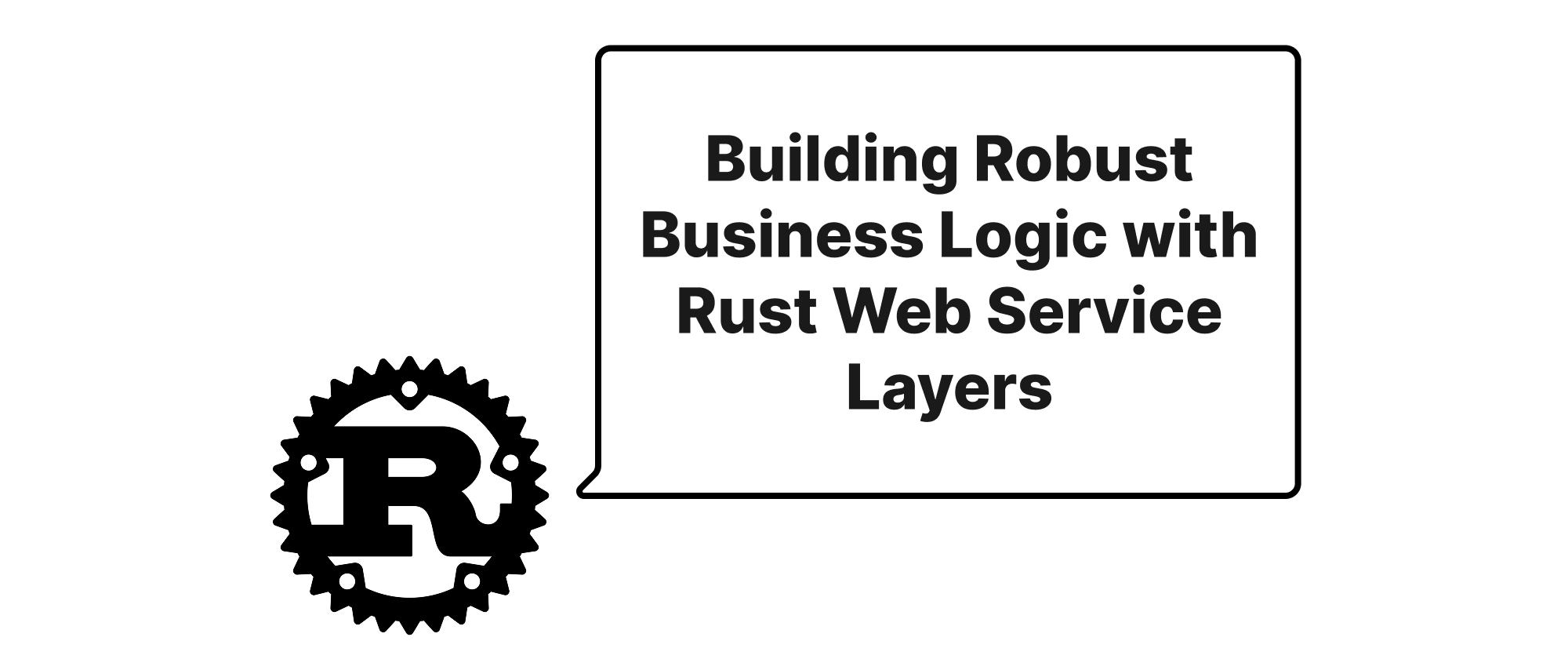Implementing Long Polling with Streams in Rust Web Services
James Reed
Infrastructure Engineer · Leapcell

Introduction
In the world of modern web applications, delivering real-time updates to users is paramount. Whether it's a chat application, a live dashboard, or a notification system, users expect fresh data without constant page refreshes. While WebSockets are often the go-to solution for truly bi-directional communication, they can sometimes be an overkill for simpler scenarios where clients primarily receive updates, or when dealing with legacy infrastructure. This is where Long Polling shines. Long Polling offers a middle ground, providing a pseudo-real-time experience with HTTP requests, making integration simpler and often more robust against network interruptions than continuously open WebSocket connections in certain use cases. This article delves into how Rust's powerful asynchronous ecosystem and stream-based APIs can be effectively utilized to implement robust and scalable long-polling mechanisms in web services.
Core Concepts and Implementation
Before diving into the Rust implementation, let's clarify some key terms relevant to Long Polling and Rust's asynchronous capabilities.
Long Polling: A technique where a client makes an HTTP request to a server, and the server intentionally holds that request open until new data is available or a timeout occurs. Once data is available, the server responds, and the client immediately makes another request. This simulates a push-like mechanism over standard HTTP.
Asynchronous Programming (in Rust): Rust's async/await syntax allows for writing concurrent code that doesn't block the execution thread while waiting for I/O operations (like network requests or database queries) to complete. This is crucial for high-performance web services that need to handle many concurrent connections efficiently.
Streams (in Rust): In the context of futures and asynchronous Rust, a Stream is an asynchronous sequence of values, similar to an Iterator but for async contexts. It allows you to process data as it becomes available over time, rather than requiring all data to be present at once. This is particularly useful for long-polling where we might want to send multiple chunks of data or keep the connection alive while new events arrive.
The Long Polling Principle
The server-side implementation of Long Polling typically involves these steps:
- Client Request: A client sends an HTTP GET request to a specific endpoint (e.g.,
/events). - Server Holds Request: If no new data is immediately available, the server does not respond. Instead, it places the client's request (or a representation of it) into a queue or subscribes it to an event source.
- Event Notification: When new data or an event occurs, the server retrieves the waiting client requests that are interested in this event.
- Server Responds: The server constructs an HTTP response with the new data and sends it back to the client.
- Client Retries: Upon receiving a response, the client immediately initiates another Long Polling request to continue listening for future events.
Implementing Long Polling with Streams in Rust
Rust's tokio runtime and axum web framework, combined with tokio::sync::broadcast channels and futures::StreamExt, provide an excellent foundation for building a robust Long Polling service using streams.
Let's consider a simple event system where users can subscribe to generic "events" and receive them.
use axum::{ extract::{Query, State}, response::sse::{Event, Sse}, routing::get, Router, }; use futures::Stream; use serde::Deserialize; use std::{ convert::Infallible, pin::Pin, sync::{Arc, Mutex}, time::Duration, }; use tokio::{ sync::broadcast, time::{interval, sleep}, }; use tokio_stream::wrappers::BroadcastStream; /// Represents an event that can be sent to clients. #[derive(Debug, Clone, serde::Serialize)] struct MyEvent { id: u64, message: String, } /// Our application state, holding the broadcast sender. #[derive(Clone)] struct AppState { event_sender: broadcast::Sender<MyEvent>, event_counter: Arc<Mutex<u64>>, // To generate unique event IDs } #[tokio::main] async fn main() { let (event_sender, _receiver) = broadcast::channel(16); // Channel for events let app_state = AppState { event_sender: event_sender.clone(), event_counter: Arc::new(Mutex::new(0)), }; // Simulate event generation (e.g., from another service or internal logic) tokio::spawn(generate_dummy_events(event_sender.clone(), app_state.event_counter.clone())); let app = Router::new() .route("/events/long-poll", get(long_poll_handler)) .route("/events/trigger", get(trigger_event)) .with_state(app_state); let listener = tokio::net::TcpListener::bind("127.0.0.1:3000") .await .unwrap(); println!("Listening on {}", listener.local_addr().unwrap()); axum::serve(listener, app).await.unwrap(); } // Handler for the long-polling endpoint async fn long_poll_handler( State(app_state): State<AppState>, ) -> Sse<Pin<Box<dyn Stream<Item = Result<Event, Infallible>> + Send>>> { // Get a receiver for new events let mut rx = app_state.event_sender.subscribe(); // Create a stream that emits events from the broadcast channel. // We transform our MyEvent into an axum::sse::Event. let event_stream = BroadcastStream::new(rx) .map(|event_result| match event_result { Ok(event) => { let json_data = serde_json::to_string(&event).unwrap_or_default(); Ok(Event::default().event("message").data(json_data)) } // Handle `RecvError::Lagged` if client was too slow. // For long polling, typically we'd just close and let client reconnect. Err(e) => { eprintln!("Broadcast receive error: {:?}", e); // In a real application, you might send an error event here // or just let the stream terminate, forcing the client to reconnect. Err(Infallible) // Infallible for Result<Event, Infallible> implies no error from stream itself. } }) .boxed(); // The Sse response implicitly handles keeping the connection open // and sending events as they arrive on the stream. // We add a short duration to signify that the server expects to send data. // However, the core long-polling timeout logic is client-side. Sse::new(event_stream) } // An endpoint to manually trigger events (for testing purposes) #[derive(Deserialize)] struct TriggerParams { message: String, } async fn trigger_event( State(app_state): State<AppState>, Query(params): Query<TriggerParams>, ) -> String { let mut counter = app_state.event_counter.lock().unwrap(); *counter += 1; let new_event = MyEvent { id: *counter, message: params.message.clone(), }; app_state.event_sender.send(new_event.clone()).unwrap(); format!("Event triggered: {:?}", new_event) } // Simulate an external system generating events async fn generate_dummy_events( sender: broadcast::Sender<MyEvent>, counter: Arc<Mutex<u64>>, ) { let mut interval = interval(Duration::from_millis(2000)); // Every 2 seconds loop { interval.tick().await; let mut count = counter.lock().unwrap(); *count += 1; let event = MyEvent { id: *count, message: format!("Automatic event {}", *count), }; println!("Sending dummy event: {:?}", event); if let Err(e) = sender.send(event) { eprintln!("Failed to send dummy event: {}", e); } } }
Explanation of the Code:
AppState: Holds atokio::sync::broadcast::Sender, which is a multi-producer, multi-consumer channel. When an event is sent through this sender, all active receivers get a copy. This is ideal for fanning out events to multiple connected clients.mainfunction: Sets up theAppState, starts a background task (generate_dummy_events) to simulate event generation, and initializes theaxumHTTP server.generate_dummy_events: A simpleasyncfunction that periodically sendsMyEventinstances through the broadcast channel. This simulates new data becoming available.long_poll_handler: This is the core Long Polling endpoint.- It subscribes to the
event_senderto get abroadcast::Receiver. tokio_stream::wrappers::BroadcastStream::new(rx)converts thebroadcast::Receiverinto afutures::Stream. This enables us to treat incoming events as an asynchronous sequence.- We then
mapeach receivedMyEventinto anaxum::response::sse::Event. While this example uses Server-Sent Events (SSE) for its stream-like nature and browser compatibility, the fundamental stream concept applies even if you were just sending a single JSON response per long-poll request. SSE is a great fit because it inherently handles keeping the connection open and pushing multiple events over a single HTTP connection, aligning well with high-frequency long-polling. Sse::new(event_stream):axumprovides aSseresponse type that automatically handles transforming aStreamofResult<Event, Infallible>into a Server-Sent Events response. TheInfallibleerror type means we assert that stream processing itself won't produce an error thataxumneeds to handle specially for SSE. If an event cannot be processed, we'd typically skip it or log an error.
- It subscribes to the
trigger_event: A simple endpoint to manually trigger an event via an HTTP request, useful for testing.
Client-Side Considerations
For the client, a standard fetch or XMLHttpRequest can be used. Given we're using SSE from the server, a client-side EventSource API is the most natural fit:
const eventSource = new EventSource('http://127.0.0.1:3000/events/long-poll'); eventSource.onmessage = function(event) { console.log("Received general message:", event.data); const data = JSON.parse(event.data); console.log("Parsed event:", data); }; eventSource.addEventListener('message', function(event) { console.log("Received 'message' event:", event.data); }); eventSource.onerror = function(err) { console.error("EventSource failed:", err); // You would typically handle reconnection here, // EventSource does have some automatic reconnection logic but can be customized. };
This client will keep the connection open and receive events as they are sent from the Rust server. If the connection breaks, EventSource will attempt to reconnect. For traditional Long Polling (not using SSE), the client would need to make a new fetch request each time it receives a response.
Application Scenarios
- Notification Systems: Push user notifications without the overhead of WebSockets for every client.
- Live Dashboards/Feeds: Display real-time data updates (e.g., stock prices, sensor readings) where the client primarily consumes information.
- Chat Applications (simplified): For basic chat, where messages are sent to a server and then fanned out to participants, Long Polling can be a simpler alternative to WebSockets, especially if the server only needs to push updates.
- Game Lobbies: Inform players about new game starts or player arrivals.
Conclusion
Implementing Long Polling in Rust web services using asynchronous streams offers a robust and efficient way to deliver pseudo-real-time updates. By leveraging tokio's broadcast channels and axum's stream-compatible Sse responses, developers can build scalable systems that handle numerous concurrent connections without blocking threads. This approach provides a powerful alternative to WebSockets for scenarios where bi-directional communication is not strictly required, contributing to a more responsive and interactive user experience. Rust's performance and concurrency features make it exceptionally well-suited for architecting such real-time communication patterns.


